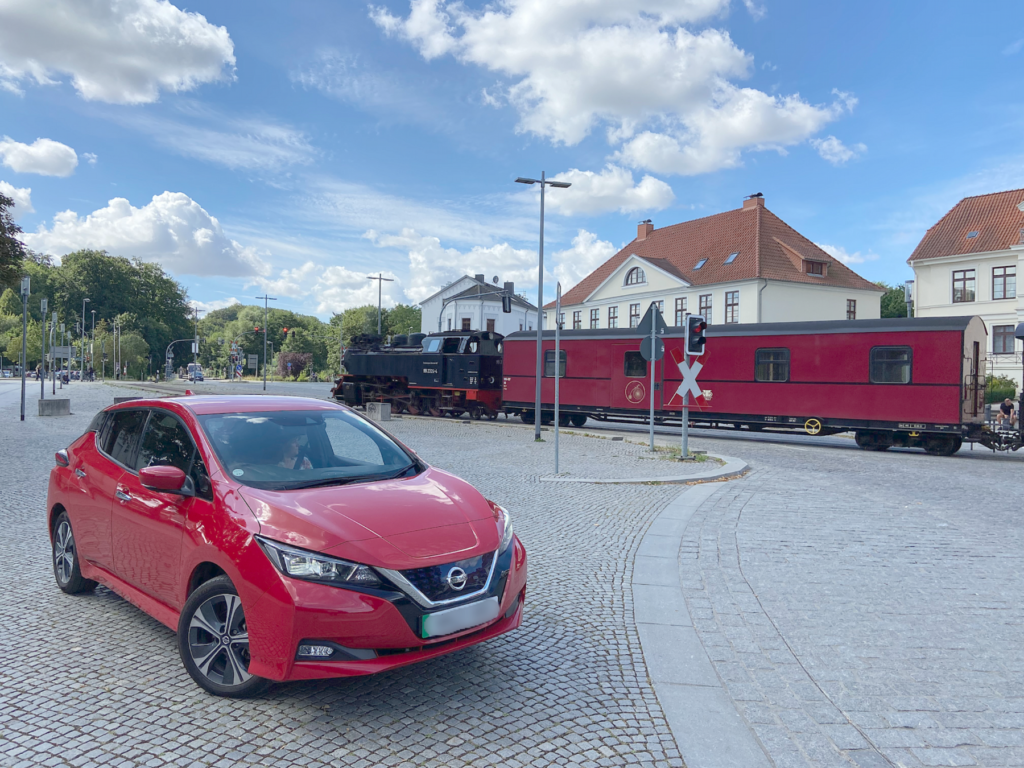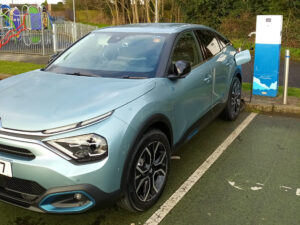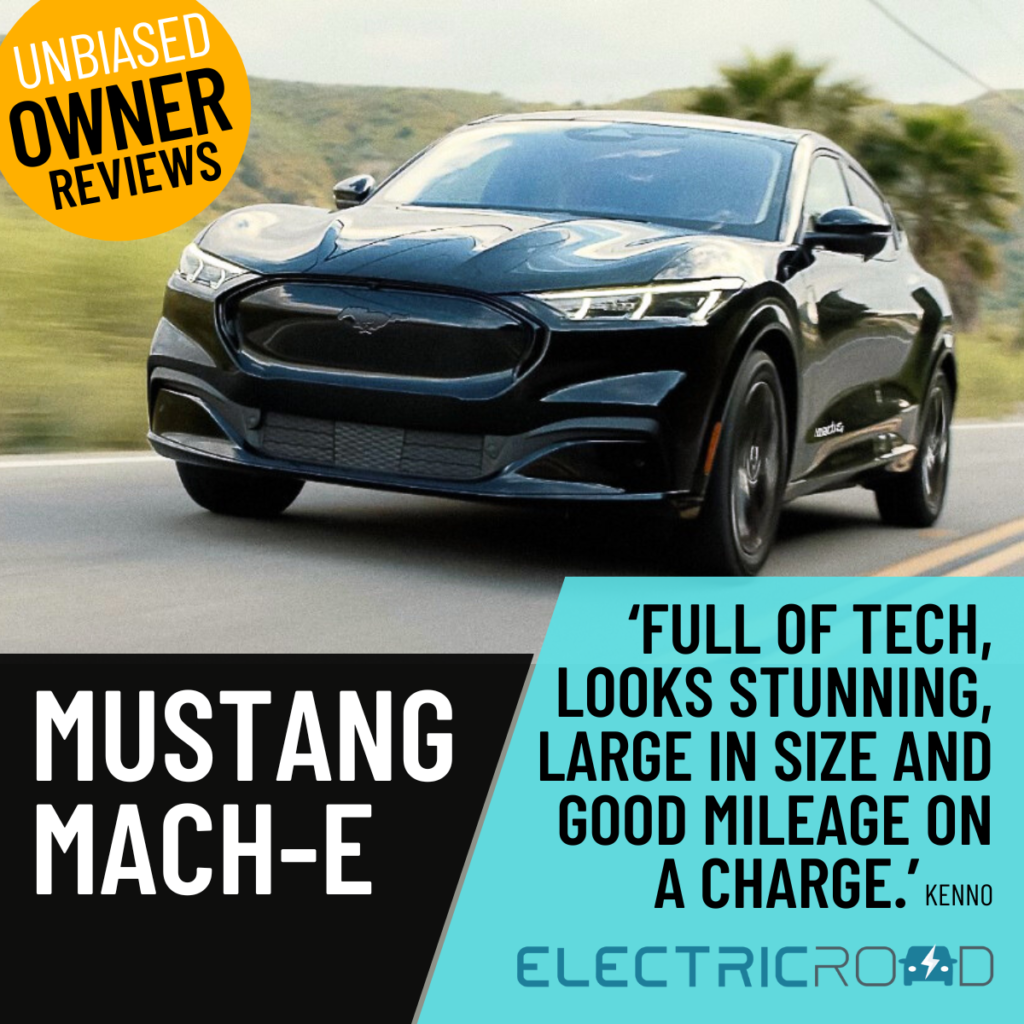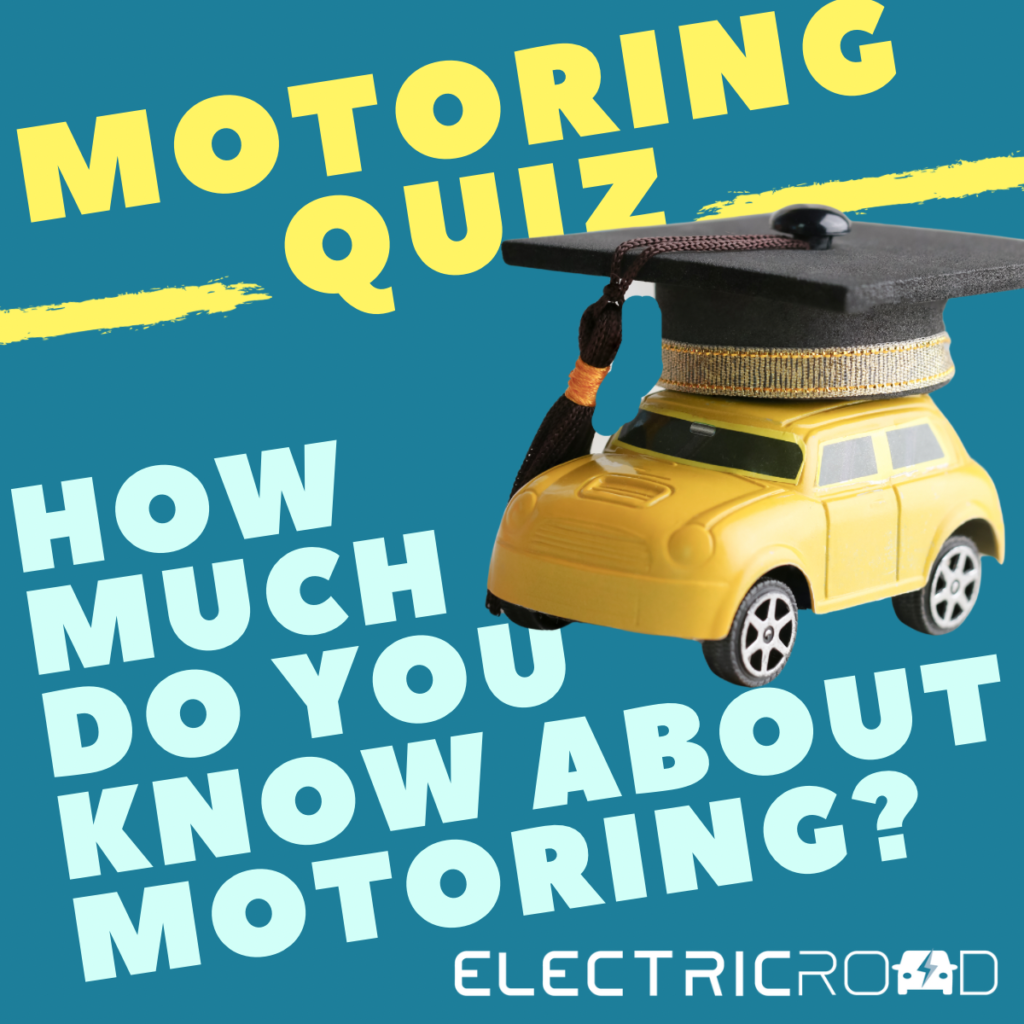Ian & Hilary Crowder drove from England through the Netherlands to Germany & back in their Nissan LEAF 62kWh 2021 electric car.
Introducing your road trip
A long road trip visiting several places in the Netherlands and Germany: the ‘peg’ for the trip was an Andre Rieu concert in the Vrijthof at Maastricht as VIP guests and staying at the outstanding Kruishenerhotel for two nights. We began the trip by staying at the excellent Pier Hotel at Harwich before catching the Stena ferry to Hoek van Holland and staying (on a boat!) at Delft on the way. After Maastricht we spent time at lovely Zupthen, then crossing into Germany to Oldenburg.
This was the second ‘peg’: to visit the nearby Sage Commonwealth War Graves Commission cemetery to find a great-uncle of Hilary’s, RAF Bomber Command Flt. Sergeant Cyril Matthewman whose Blenheim bomber was shot down during the thousand-bomber raid on Bremen during WW2. We then went to Bad Doberan, Glückstadt, Pieze near Gronigen and finally, Bergen near Alkmaar before taking the overnight ferry back to Harwich.
In all, we covered 1,704 miles over the 15 days. I have to say, we had some trepidation at taking on such a trip with the Nissan LEAF but (as others have reported) such nervousness was completely unfounded. In the Netherlands, there are street and car park Type 2 chargers absolutely everywhere and plenty of fast charger hubs, many of which are operated by the excellent Fastned network. In Germany, there are good networks too but chargers become thinner on the ground the further east you travel and Bad Doberan is well within what used to be East Germany, sporting just three Type 2 chargers. Nevertheless, we had no difficulty in keeping the battery topped up.
Sign-up to Electric Road now to receive a FREE ‘Nissan LEAF Guide’, a weekly Newsletter and to win some great prizes!
Planning & preparation
I mentioned the first ‘peg’ for our trip. Planning for the trip started with booking VIP tickets for the last of nine Andre Rieu concerts on the vast Vrijthof square in Maastricht, this was done some months ago. The concert organisers booked up the exceptional Kruisherenhotel exclusively but by going for the last concert we were able to stay an extra night. This was an outstanding, wonderful musical experience by any measure!
I have a personal interest in railway steam locomotives (as a volunteer on the Gloucestershire Warwickshire Steam Railway) so while in the Netherlands managed to fit a visit to the very good VSM at Beekbergen in the Netherlands.
This is where I have a friend who is a volunteer locomotive driver and I had the enjoyable but hot experience of firing a massive ex-German class 56 2-8-4 tank locomotive over the 20-mile heritage railway (Hilary travelling in the train).
This brings me to the second ‘peg’, to visit, as part of Hilary’s family research, the Sage cemetery near Oldenburg in Germany: this was an extremely moving experience, I have to say.
The furthest East we travelled was to Bad Doberan where there is a 900mm-gauge railway: Mecklenburgische Bäderbahn or ‘Molli’, that runs through the main street of the town before heading through largely agricultural and wooded countryside to the pleasant seaside town of Kühlungsborn. I had wanted to visit this quirky line for a long time.
Thus the structure of the trip was formed and places to stay were fixed accordingly, using Air BnB and Hotels.com, both of which have excellent (searchable) websites. So that was the research for our overnight stays (which ranged from a boat in Delft, a tent near Gronigen to excellent B&Bs and two boutique hotels!).
Next was research on the charging networks and location of chargers, as well as payment methods. About six years ago I was writing for the AA on taking an EV into Europe and as part of that, signed-up to key networks and was planning a trip in our then Nissan LEAF which never came off. A couple of our cards and apps needed updating particularly as our debit and credit card details had changed. I found doing the necessary updating online to be generally straightforward and where I needed help, the customer service (i.e. Maingau Einfach StromLaden) to be very good too.
So, we had updated Einfach StromLaden and PlugSurfing RFID cards and already had New Motion and Chargemap cards, all of these were quite widely accepted in both the Netherlands and Germany. In addition, we had IONITY, Maingau, Fastned and its linked @Charge, Smoov, Lemnet, JuicePass as well as Shell Recharge, Chargemap and PlugShare apps. So we had pretty much every possible base covered!
Although for long journeys I spent some time researching where appropriate charge points were, in fact that proved unnecessary as we were always able to find a place to charge, usually when we wanted a coffee/loo break there was almost always a charger!
Charging
First place we charged on our journey was at the Shell hub in Watford, just off the M25 where there are a few chargers (using the New Motion card). The CHAdeMO 70kW (the faster connectors here only apply to CCS) connector brought the car back up to 80% in a few minutes. We used Zap-Map to identify suitable chargers and plan the trip using Apple Car Play. Although we didn’t really need the charge, we needed a comfort break and we were uncertain whether the single charger outside the Pier Hotel in Harwich would be operable (as users had reported issues on Zap-Map). In the event, the SWARCO E.CONNECT charger was working fine as the New Motion card started it.
So we used the Type 2 connector to top up to 100% after car parking restrictions ended. That was more than enough to get to Delft, our first destination. While there we made our trip to Beekbergen for my ‘steam fix’: a round trip of about 175 miles. On the way back, topped up at at an IONITY hub (there are Shell chargers here too) at Apeldoorn but the only CHAdeMO connectors were 50kW; this is an issue we found at a few places, particularly IONITY stations which are frequently only CCS. Before setting off for Maastricht the next day, a journey of about 100 miles, we topped up an excellent Delft Fastned hub sporting several chargers and headed south on the motorway.
On the way we needed a comfort break and stopped at the Dordrecht Fastned hub on the A16. Not only are there six chargers with a dozen connectors but there is a Shell hub on the site also. Altogether about 18 connectors – can we but dream that UK motorway service areas might one day be similarly served? Less than 20 minutes for a comfort break and a coffee and we were on our way again. At the lovely and historic Maastricht, the hotel has several Type 2 connectors in its private garage and charging was taken care of for us.
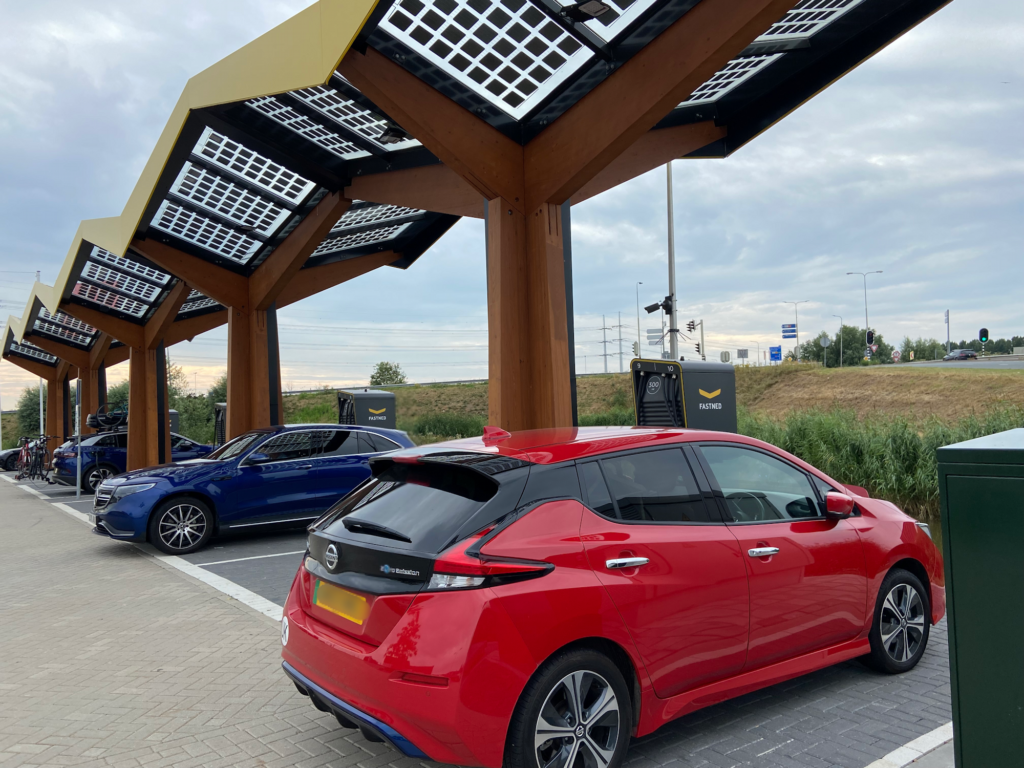
Next, to charming Zutphen, a couple of nights here and close to our Air BnB were a pair of Allego Type 2 chargers which responded to the Chargemap card. A car park charge applies during the day but after 6pm it’s free so the car spent a night there! Like most Dutch towns, Zutphen boasts some 50 street chargers.
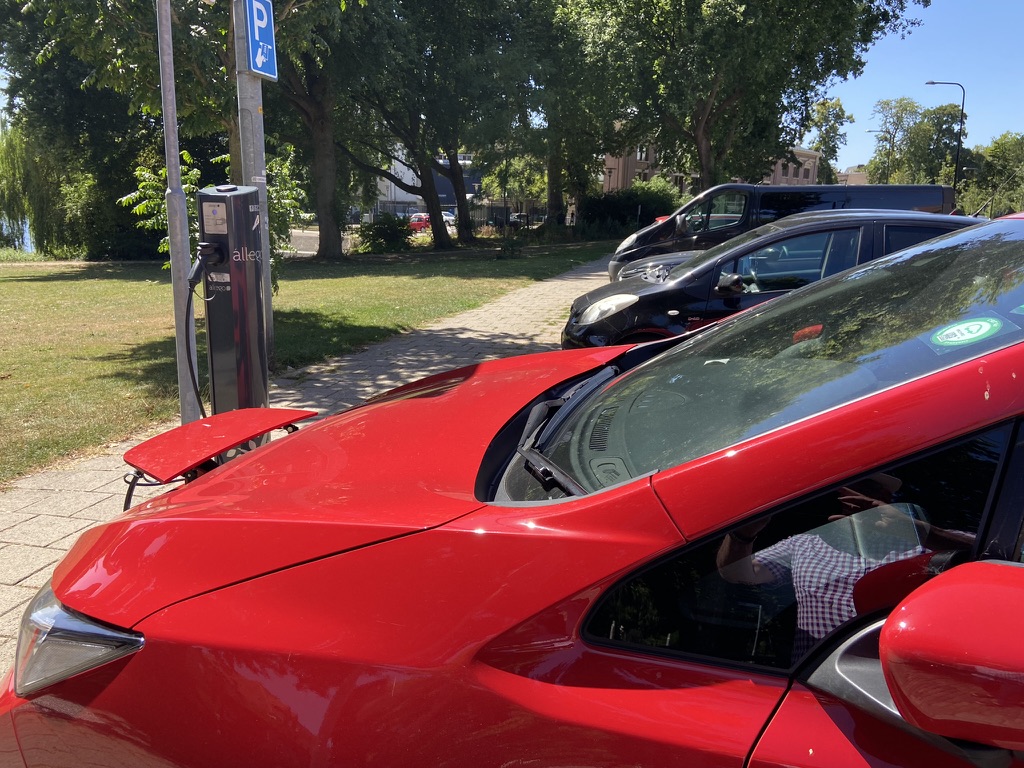
A 130-mile journey next to the Sage cemetery near Oldenburg, which was a very sobering experience especially in the light of the current conflict in Ukraine. Perhaps appropriately, a Typhoon jet was circling above as clouds built up and it started to spit with rain. On our way to our Air BnB at Oldenburg, we stopped for a charge at the Raststätte Huntetal Ost, on the A29, where there is a couple of CHAdeMO chargers operated by EnBW Mobility, which responded to the Einfach StromLaden card. The heavens opened with the most spectacular rainstorm I have seen in years, punctured by thunder. And yes, you can charge the car in the rain!
From there to Bad Doberan, a distance of over 200 miles, using the A28/A1 and this is the only occasion when we faced an issue with charging, although at around 50% we we were not overly concerned. We pulled into the An der A1 Tiste services to find several chargers but only one CHAdeMO connector which was out of order. Next, we passed through a MacDonalds service area just off the A1 at Hollendstedt and all were CCS but our luck was in at Hamburg Stillhornb Ost where there was a single E.ON charger which started working the instant it was plugged in, a free vend. It was also lunchtime!
This proved providential because as we arrived the traffic on the A1 started queueing, turns out there was a collision ahead and it was a good 45 minutes before the traffic began to move again. As we were thinking of moving on with the queue beginning to inch forward again, an Opel Corsa EV turned up but the unit could not charge two cars at once. We came off the motorway and enjoyed a pleasant rural journey onward to Bad Doberan using excellent and almost empty backroads. This began to restore the average power consumption which before the motorway blast was 4.2 miles/kW but dropped to 4.0 miles/kW.
At Bad Doberan our delightful hotel room was at ground floor with the actually pleasant hydrangea-bordered car park next to us. We were able to park next to the window and plug the lead through the hydrangeas into a convenient socket (note – if using a converter make sure it is a 13 amp one!).
After an enjoyable stay here (with steam trains passing along the street right outside the hotel!) we headed to Glückstadt on the Elbe, an enormously pleasant drive of about 140 miles with a few stops along the way. In the central square of this rather pleasant harbourside town there was a Stromnetz charger with two Type 2 connectors. Getting the charge to start was a bit frustrating until we worked out the order in which to do so (card first before plugging in, unlike the instructions!). Parking charges apply but not overnight. The only card that was accepted was New Motion, the last one I tried!
On our way again to Peize near Groningen in the Netherlands, which is where we stayed in an Air BnB luxurious tent (but with excellent facilities nearby), adding another 200 miles to our trip. This involved ferry crossings at Glückstadt (a couple of miles over the Elbe) and again over the Weser (we didn’t see any rats) at Sandstedt. We stopped for a charge at the Aral Pulse chargers off the A28 at Uplengen where because the logo is identical to bp pulse we expected the bp card to work.
None of the RFID cards worked but it accepted Amex, adding a 49-Euro pre-charge. Further on, we stopped at delightful Freneker in the Netherlands for lunch, where the car park was next to a major canal with leisure boats passing to and fro (giving the nearby lifting bridge operator plenty to do). It happened to have a GreenFlux Type 2 charger & it would have rude not to use it! The Chargemap card was accepted. Finally, to our last stay at Bergen, near Alkmaar.

A quite outstanding boutique hotel called Villa Kranenbergh made for a very pleasant end to our stay. A Total type 2 charger (which accepted the Chargemap card) in a nearby car park in the centre of this delightful and up-market area was one of a dozen within 100 yards of the hotel. While there we visited De Zaanse Schans, quite the place to go to see working windmills in operation. It’s a large outdoor museum park with many historic buildings relocated there.
The windmills are used as sawmills, paint production, seed oil production, mustard seed grinding, as well as grain and it’s possible to visit inside some of them. Quite a fantastic place. Finally we visited Alkmaar where a lot of kilted Dundee United supporters were well away at midday before the 9pm kick-off against Alkmaar in the Euro Conference. For the record, Dundee lost 7-0! That will have sobered them up!
Finally to the ferry overnight and home. A single charge at bp pulse A12 Colchester, was sufficient to get us the 175 or so miles home, achieved with 40 miles to spare.
Overall, 4.2 miles per kW which I think is pretty good. The published range of the 62kW LEAF is about 230 miles which proved pretty accurate and occasionally the range was indicated over 250 miles at 100% and once at 268, the highest I’ve seen. One word for the trip: Fantastic!!!
Did you encounter any great driving roads on your road trip? If so, where were they and why were they great?
Too many to mention, to be honest. The back roads drive from Maastricht to Zutphen was delightful, especially the second half of the journey through lovely countryside clearly popular as leisure destinations with hundreds of bikes and hikers out and about. Similarly, the drive from Glückstadt was interesting and pleasant, taking in two ferry crossings which added interest.

It has to be said, that there is a lot of joy in avoiding motorways; long, well-maintained roads with very little traffic and most with dedicated cycle paths alongside them. Both Netherlands and Germany are a cyclist’s paradise! The Netherlands and northern Germany are relatively flat but that doesn’t mean there isn’t a lot of interest, far from it. Apart from lovely rural countryside there are delightful villages and small towns to encounter, many worth a visit. This was particularly true of Frakener in the Netherlands, a beautiful, historic, spotlessly clean and cheerful kind of place with lots of lunching options too.
The Nissan LEAF
The LEAF proved to be more than up to its task, with the 62kW battery giving plenty of range and confidence. The Apple CarPlay system was really useful which enabled us to choose our navigation aids. However, the in-built sat nav is useful in that it offers ‘fastest’, ‘eco’ and ‘shortest’ options. We often opted for ‘eco’ as it tended to avoid motorways, offering interesting and economical driving.
If the motorways we encountered were not too busy, we used the Pro-Pilot semi-autonomous driving system including steering assist as it really makes for a relaxed driving experience. For a mid-sized car, the LEAF is also surprisingly comfortable and has plenty of boot space, enough room for an electric cool box (a 12v connector in the boot would be useful), a reasonably large suitcase and leather bag as well as all the other stuff to be carried.
The only irritation is that on longish journeys, but which are clearly within the range of the car, the system is extremely pessimistic and constantly says the ‘destination is out of range’. At one point, we had 40% charge (about 100 miles range) and destination less than 20 miles yet ‘it’ kept saying (audibly as well as on the screen) that the destination was out of range and that there were no charging points within range. I wonder if the system was set up for the 40kW car and was simply transferred to the 62kW version.
Road trip conclusion
A fantastically successful trip. Very economical overall compared with diesel. Not fully totted up how much it has cost but I estimate we spent rather less than £100 on charging although all of our card and app providers have warned of rising prices. The car gave us many wonderful experiences to recount and took us to many lovely locations. If we’re going to the Netherlands again I would have absolutely no doubt that there would be chargers wherever we wanted them. That certainly proved to be the case and I just wish the UK was not so far behind in such provision.
For example, in Delft alone there were well over 200 chargers, mostly street and car park Type 2, but with fast charging hubs too where 350kW chargers are common. So much choice. Germany was less well provided and I would say, similar or perhaps a little better than the UK, but EV usage seems to be much lower.
In lovely Glückstadt for instance, charging in the central market place led to questions from local people, in the same way that happened six years ago in the UK: “How far does it go?”, “How long does it take to charge?” etc. Quite apart from being impressed that English people had ventured so far in an EV! I understand that the German government still offers good incentives such as an 8,000 Euro grant towards a new EV and most of the cost of a home charger. German cities are well provided but smaller towns and the further east you go, less so.
Would we do it again? Most certainly!
See other road trip reports here


